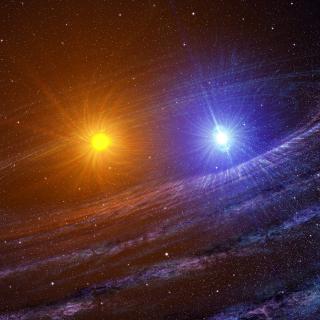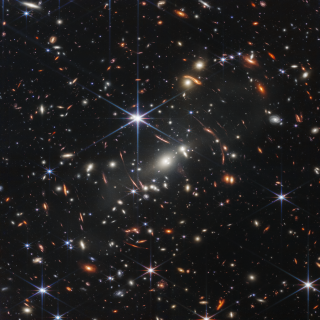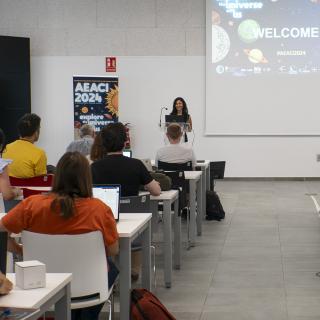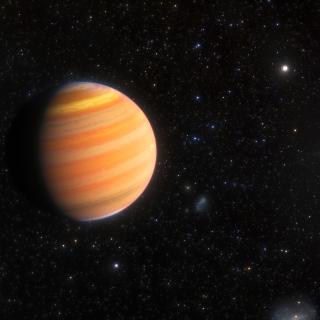
Research led by the Instituto de Astrofísica de Canarias (IAC) has discovered that, in binary systems, stars that evolve into red giants change the way they rotate with their companions, making their orbits more circular. The result was achieved after studying nearly 1000 solar-like oscillating stars in binary systems, the greatest yield to date of such objects. For their identification, the third Gaia Data Release (Gaia-DR3) and NASA Kepler and TESS catalogs have been explored. The study has been published in the journal Astronomy and Astrophysics and has been selected as the most recent
Advertised on




